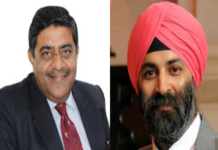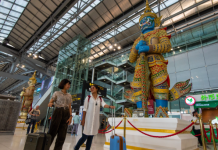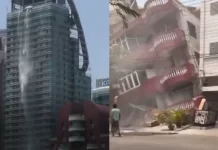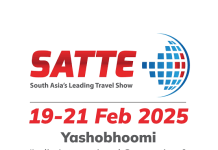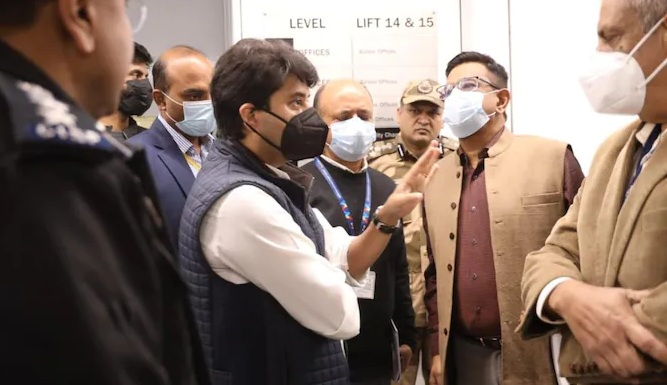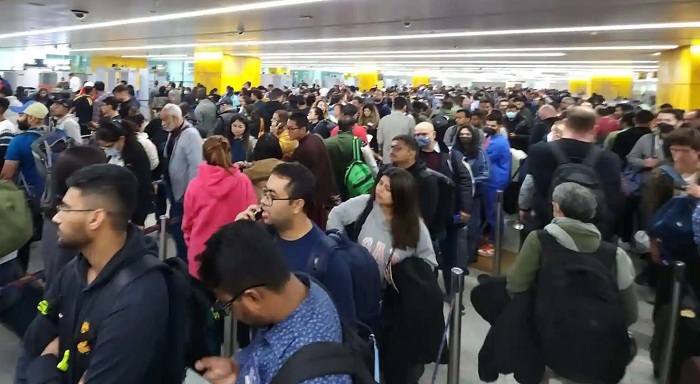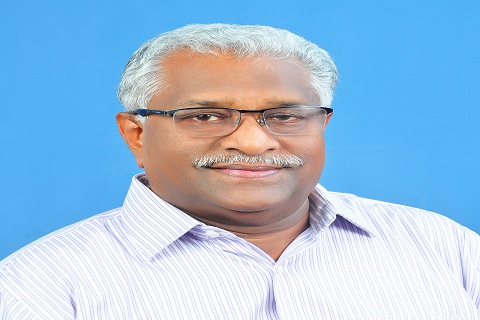
By Biji Eapen
President of IATA Agents Association of India
Boarding a flight from Delhi T3 Airport evoked a national debate. The media cited it as a horrendous nightmare. Over the last few weeks, passengers have posted pictures and videos of long queues & crowds at Delhi T3 Airport and Mumbai International Airport.
Even entering to passenger terminal was a difficult task. Old-aged and wheelchair passengers with Reduced Mobility waited more than one hour to pass through the Security check. No airline staff was around to support passengers. Social media flooded with visuals of flyers sharing their ordeal; many felt it was like ‘hell’ or worse than a fish market. Airport authorities blamed less workforce, especially the crunch in security staff.
The industry appreciates the timely intervention by Hon. Union Aviation Minister Jyotiraditya Scindia and the sudden installation of five more X-ray machines and the deployment of more workforce slightly relaxed and relieved stress. The PAC’s intervention and interaction by Aviation Secretary with the airport operators for installing additional capacity and requisite facilities signalled positive reinforcement for faster security checks.
It woke BCAS (Bureau of Civil Aviation Security) to recommend the installation of 3T scanners (Computer Tomography Technology) at airports, a project CISF proposed in Oct 2018, which may detect any suspicious items that are hazardous from the aviation security point of view.
Currently, the X-ray scanners used at our airports provide only a two-dimensional view of the objects inside hand baggage, and passengers must remove laptops, mobiles, other electronic devices, watches, waist belts, personal wallets, and any metallic items from their hand luggage before going through the scanner.
Airline passenger baggage may contain hazardous materials like lithium batteries, perfumes, dry ice, drain cleaners, matches, bleach, aerosols, or fireworks, which may seem harmless, but can pose a hazard to health, Safety, property, or the environment when transported by Air.
Several safety incidents involving batteries in everyday devices such as mobile phones, laptops, and earphones have been reported globally. A fire sparked by a lithium battery in the confined space of a passenger jet cruising at 35,000 ft can be potentially catastrophic.
Hence, identifying and preventing hazardous materials from passenger baggage is a real challenge for security and screening personnel. They must check passenger and personal belongings, which may have dangerous items such as weapons, chemicals, and liquids that are not allowed as carry-on items or toiletry items that exceed 100 ml per bottle. On many occasions, the security personnel end up checking the items physically, in addition to the real-time scanned image, due to the varied items carried by passengers.
India is a vast country with multiple religions, traditions, and cast. Religious devotees commonly carry camphor tablets, Copra, dhoop sticks, cones, or Holy water, for pujas or pilgrimage; at many airports, passengers always quarrel with the check-in staff or security for not being allowed. During festival time, many passengers try to carry crackers in their baggage. In the Indian scenario, most air passengers are ignorant of baggage restrictions or not briefed on what they can carry in their baggage. Online ticketing is impulse purchasing; it decreases the cognitive capacity of the passenger to know the regulatory requirements.
Lack of briefing at ticketing or reservation points leads passengers to be ignorant of the prohibited items or the risks involved with the carriage of metallic and non-metallic objects or organic and inorganic materials in their checked or carry-on baggage.
Identifying hidden dangerous goods is the first step to reducing the risks. Passengers must be appropriately briefed on the regulations during ticketing or reservation, what they can carry in personal belongings, and what items may require additional approvals to ensure regulatory compliance.
The new Civil Aviation Policy of 2016 with UDAN, the regional connectivity, instigated by our Hon Prime Minister, visualizes to see every person who wears a `Hawai chappal` to fly on the `Hawai jahaz` or plane. His vision is to make everybody fly hassle-free and safely without educational or financial barriers.
Government’s Current Steps Focused on Optimizing the Indian Aviation Industry
-
The government targets operationalizing 1000 routes under UDAN and expect to reach 1,100 aircraft by 2027.
-
The industry is solely privatized, and in addition to the present eight, another 25 more airports are earmarked for long-term leasing.
Our Realities
-
With privatization and the rise in competition within the aviation sector, the airlines in India are compromising passenger safety.
-
Most of the fresh recruits in the ground services need to gain basic knowledge or background in the aviation industry to make them aware of the safety requirements.
-
BCAS took four years to take a final call on initialization to install 3T scanners in Delhi; how long may it take for 117 airports?
-
For a country like India to handle 4.17 lakhs daily of passengers of different walks through our airports, it is a big task to meet the challenging requirements.
-
To achieve these targets, India must invest more in employee safety training. It needs an explicitly well-defined long-term plan to address all deficiencies and discrepancies.




